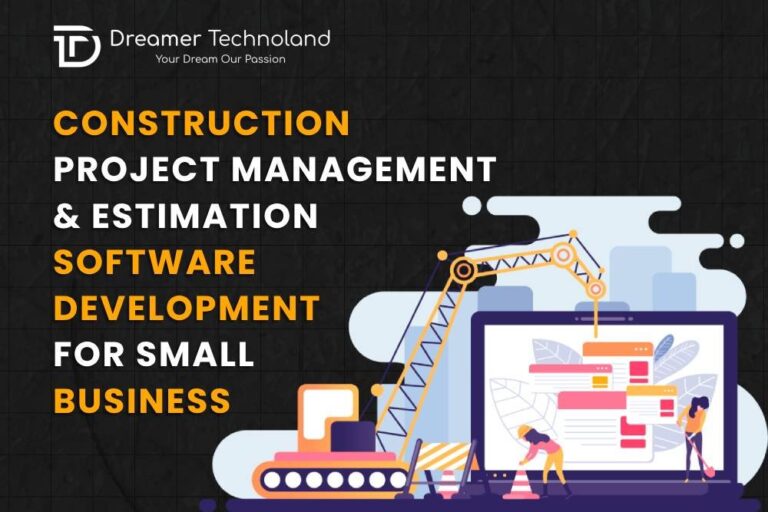
Contents
Construction project management involves a structured approach to planning, executing, and overseeing a construction project from inception to completion. Being the construction manager, you need strong knowledge of every task that is involved throughout the process. With the help of custom software development services, you can get top tier development assistance and hands on perfect software. The digital solution boost productivity and streamlines operations. Furthermore, the software also allows effective management of the whole project along with the smooth utilization of every resource. In this blog, we will discuss the steps required for efficient management of construction projects.
Moreover, we will also share the power of software that is necessary for home remodeling project management software. Here’s a breakdown of the typical phases involved in the effective construction project management:
Step 1: Project Initiation
- Feasibility Study and Business Case: This initial phase involves evaluating the project’s viability, considering factors like budget, timeline, legal requirements, and potential risks. A cost estimate and business plan are developed to secure funding and ensure project profitability.
- Defining Project Scope: Clearly define the project’s objectives, deliverables, and limitations. This includes creating a detailed project scope statement that outlines the work to be done.
- Identifying Stakeholders: Recognize all parties involved in the project, including the client, architect, engineers, contractors, subcontractors, and regulatory agencies.
Step 2: Project Planning
- Develop a Work Breakdown Structure (WBS): This detailed breakdown organizes the project into smaller, more manageable tasks and subtasks. The WBS helps visualize the project scope and identify dependencies between tasks which is the best way to ensure smooth construction project management for small business.
- Creating a Project Schedule: Develop a realistic project schedule that outlines the timeline for completing each task and achieving project milestones. Scheduling tools like Gantt charts or Critical Path Method (CPM) can be used.
- Project Budget Estimation: Create a comprehensive project budget that considers all costs associated with labor, materials, equipment, permits, and unexpected contingencies.
- Resource Allocation: Allocate necessary resources, including personnel, equipment, and materials, to complete the project tasks according to the schedule and budget.
- Risk Management: Identify potential risks that could impact the project, such as bad weather, material delays, or labor shortages. Develop mitigation plans to address these risks and minimize their impact.
Step 3: Project Execution
- Procurement: Secure materials, equipment, and subcontractors needed for the project through a bidding or negotiation process. Ensure contracts clearly define scope, timelines, costs, and quality expectations.
- Construction: The physical construction phase begins, following the project plans and adhering to safety regulations. Effective communication and collaboration among all stakeholders are crucial during this stage.
- Quality Control: Implement a quality control plan to ensure construction activities meet the specified standards and building codes. Conduct regular inspections throughout the process with construction project management for small business.
- Project Monitoring and Control: Track project progress against the schedule and budget. Identify deviations and take corrective actions to stay on track. Progress reports are typically generated to keep stakeholders informed.
Step 4: Project Closure
- Project Acceptance and Handover: Upon completion, the project is inspected by the client and relevant authorities to ensure it meets all requirements. Once accepted, the project is formally handed over to the client.
- Project Closeout: Finalize all outstanding contracts, invoices, and permits. Conduct a project review to identify lessons learned and areas for improvement for future projects.
Additional Considerations
- Safety: Safety is paramount throughout all project phases. Implement safety protocols, provide training for workers, and conduct regular safety inspections.
- Communication: Maintain clear and open communication channels among all stakeholders to ensure everyone is informed and aligned with project goals. Share the same with the custom software development services provider.
- Change Management: Be prepared to adapt to unforeseen changes that may arise during construction. A clear change order process should be established to manage modifications to the project scope, budget, or schedule.
Summary
By following these steps and best practices, construction project managers can increase efficiency, minimize risks, and ensure successful project completion within budget and timeline constraints. Ensure that you are using reliable software suitable for construction project management for small business. With the help of a digital platform, it is easy to ensure the smooth management of the construction project and deliver it on time.